-
 bitcoin
bitcoin $109667.069529 USD
-3.03% -
 ethereum
ethereum $3936.685804 USD
-4.07% -
 tether
tether $1.000493 USD
0.01% -
 xrp
xrp $2.771823 USD
-4.74% -
 bnb
bnb $957.805027 USD
-5.34% -
 solana
solana $196.735100 USD
-6.68% -
 usd-coin
usd-coin $0.999727 USD
-0.01% -
 dogecoin
dogecoin $0.227355 USD
-5.12% -
 tron
tron $0.335205 USD
-0.81% -
 cardano
cardano $0.779256 USD
-3.59% -
 ethena-usde
ethena-usde $0.999900 USD
-0.06% -
 hyperliquid
hyperliquid $42.492095 USD
-6.61% -
 chainlink
chainlink $20.501853 USD
-4.34% -
 avalanche
avalanche $28.952606 USD
-11.21% -
 stellar
stellar $0.356038 USD
-3.93%
What does it mean when the price breaks below all short-term moving averages?
A break below key short-term moving averages signals weakening momentum, often triggering automated sell-offs and marking a potential trend reversal in crypto markets.
Sep 15, 2025 at 12:36 pm
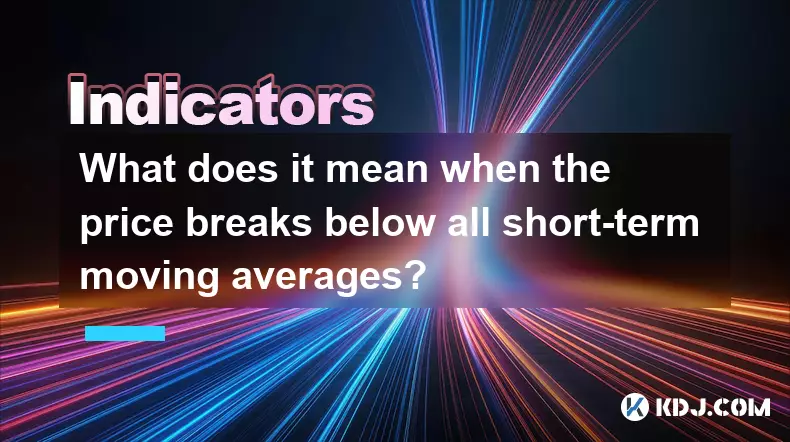
Understanding the Break Below Short-Term Moving Averages
1. When the price of a cryptocurrency drops below all short-term moving averages, it signals a shift in market sentiment. Traders often rely on these indicators to determine momentum and direction. The most commonly watched short-term moving averages include the 9-day, 20-day, and 50-day simple moving averages (SMA). A break beneath these levels suggests that selling pressure is overpowering buying interest.
2. This type of breakdown typically occurs after a period of consolidation or during heightened volatility. In the context of the crypto market, where price swings are frequent and sharp, such a move can trigger automated sell-offs from algorithmic trading systems and stop-loss orders. As liquidity dries up near key support zones, the downward momentum can accelerate quickly.
3. Volume plays a critical role in validating the significance of the breakdown. If the drop occurs on high trading volume, especially across major exchanges like Binance or Coinbase, it reinforces the bearish signal. High volume indicates strong participation from market players, including institutional traders who may be exiting positions or initiating short bets.
4. Technical analysts interpret this event as a potential confirmation of a trend reversal. For assets that were previously in an uptrend, breaking below all short-term moving averages may mark the end of bullish control. The moving averages themselves begin to act as dynamic resistance levels, making it difficult for the price to reclaim previous highs without substantial buying force.
5. In decentralized finance (DeFi) tokens and altcoins, which often exhibit higher beta than Bitcoin or Ethereum, such breakdowns can precede extended correction phases. These assets are more sensitive to shifts in risk appetite and macro-level crypto trends. A cascade of liquidations in leveraged long positions can further deepen the decline, especially on derivatives platforms with high open interest.
Implications for Trader Behavior and Market Psychology
1. The psychological impact of losing multiple technical supports simultaneously cannot be underestimated. Retail traders who entered long positions based on crossovers or bounces off moving averages may panic once those levels fail. Social sentiment on platforms like Crypto Twitter or Telegram groups often turns negative rapidly, amplifying fear-driven selling.
2. Automated trading bots programmed to follow trend-following strategies will likely exit long positions or initiate shorts when price closes below key moving averages. This creates a self-reinforcing cycle where mechanical selling adds to downward pressure, pushing the price even lower and triggering additional technical sell signals.
3. Whales and large holders may use this phase to accumulate at lower prices, though their activity is usually masked by fragmented order placement. On-chain data tools like Glassnode or Santiment can sometimes reveal accumulation patterns through metrics such as exchange outflows or spike in wallet-to-wallet transfers.
4. Stop-loss clusters tend to concentrate just below moving average confluences. Once breached, these stops execute en masse, contributing to sudden price drops. In low-liquidity markets, such slippage can cause temporary dislocations between spot and futures prices, creating arbitrage opportunities for sophisticated traders.
5. Derivatives markets react swiftly to such events. Funding rates for perpetual contracts often turn sharply negative, indicating dominance of short positions. Open interest might increase if new shorts enter, or decrease if longs are forcibly liquidated. Both scenarios reflect increased market stress and reduced confidence in near-term recovery.
Historical Precedents in Major Cryptocurrencies
1. During the March 2020 crash, Bitcoin broke below its 9, 20, and 50-day SMAs within hours amid global market turmoil. The breakdown coincided with massive liquidations across futures markets and a spike in the U.S. Dollar Index, reflecting a flight to safety. Recovery only began after institutional buyers stepped in following the halving cycle narrative reassertion.
2. Ethereum experienced a similar pattern in mid-2021 when regulatory concerns and China's mining crackdown led to a swift breakdown below all short-term averages. The price remained under pressure for weeks until network upgrade optimism revived investor interest ahead of the London hard fork.
3. Altcoins like Solana and Avalanche have shown extreme sensitivity to such technical breaks due to thinner order books. In late 2022, both coins saw prolonged downtrends after failing to hold above moving average supports, exacerbated by broader ecosystem challenges including bankruptcies in affiliated projects.
4. Stablecoin inflows often rise after such breakdowns, suggesting capital preservation behavior. Traders move funds into USDT or USDC on exchanges, preparing either for further downside protection or waiting for signs of stabilization before redeploying into risk assets.
5. Correlation with Bitcoin increases during these phases. Even fundamentally strong altcoins struggle to decouple from BTC’s trajectory when systemic technical damage occurs. This highlights the dominant role Bitcoin plays as a market-wide risk indicator in the crypto ecosystem.
Frequently Asked Questions
What happens to on-chain metrics when price breaks below moving averages?On-chain activity often shows increased outflows from exchanges, signaling accumulation. However, transaction volumes may decline as user engagement drops during uncertainty. Active address counts and daily transacting entities usually contract temporarily.
Can a breakdown below moving averages be a false signal?Yes, especially during low-volume periods or news-induced spikes. Sudden macroeconomic announcements or exchange-specific issues can cause brief breaks that reverse quickly. Confirmation requires sustained closure below the averages over multiple candles.
How do moving averages differ in effectiveness across timeframes?Shorter timeframes like 5-minute charts generate more noise and false breaks. Daily and weekly moving averages carry greater weight, with breaks on higher timeframes considered more reliable for strategic decision-making in volatile markets like crypto.
Do moving averages work equally well for all cryptocurrencies?No. Established assets like Bitcoin respond more predictably to technical levels due to deeper liquidity and wider adoption of technical analysis. Smaller cap tokens with erratic volume may ignore these signals entirely, making them less dependable without additional confirmation tools.
Disclaimer:info@kdj.com
The information provided is not trading advice. kdj.com does not assume any responsibility for any investments made based on the information provided in this article. Cryptocurrencies are highly volatile and it is highly recommended that you invest with caution after thorough research!
If you believe that the content used on this website infringes your copyright, please contact us immediately (info@kdj.com) and we will delete it promptly.
- XRP Price: October Rally on the Horizon After September Consolidation?
- 2025-09-26 16:25:13
- Bitcoin Price Wobbles: Investors Buy the Dip as Powell's Words Stir Uncertainty
- 2025-09-26 16:25:13
- Kaspa Price, Smart Contracts, and the 2026 Forecast: A New York Minute
- 2025-09-26 16:30:01
- Bitwise, Hyperliquid ETF, and HYPE Token: What's the Deal?
- 2025-09-26 16:45:14
- B HODL, Bitcoin, and Treasury Purchases: The New Institutional Playbook
- 2025-09-26 17:05:15
- Cloudflare, Stablecoins, and AI Agents: A New Era of Automated Finance
- 2025-09-26 16:45:14
Related knowledge
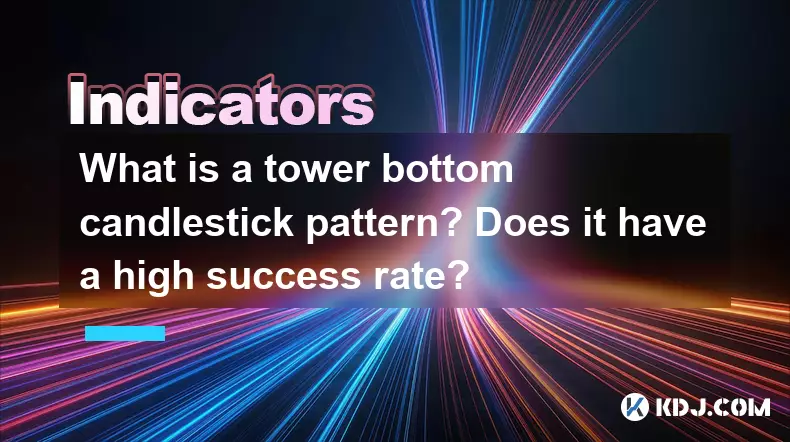
What is a tower bottom candlestick pattern? Does it have a high success rate?
Sep 22,2025 at 07:18am
Tower Bottom Candlestick Pattern Explained1. The tower bottom candlestick pattern is a reversal formation that typically appears at the end of a downt...
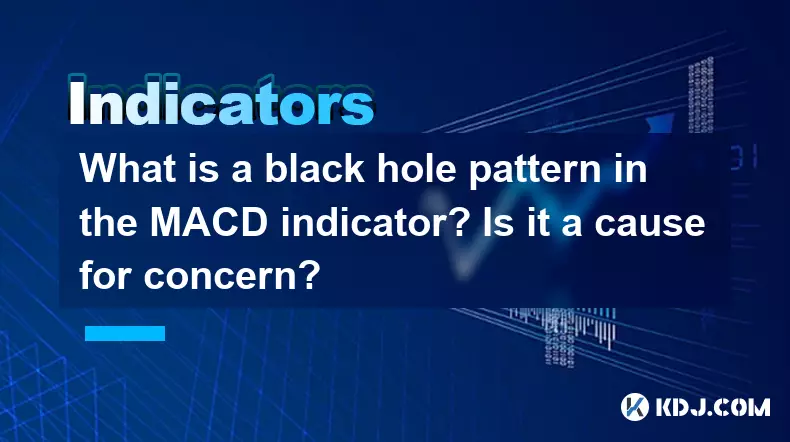
What is a black hole pattern in the MACD indicator? Is it a cause for concern?
Sep 21,2025 at 06:54pm
Bitcoin's Role in Decentralized Finance1. Bitcoin remains the cornerstone of decentralized finance, serving as a benchmark for value and security acro...

How can I use the psychological line (PSY) to determine market sentiment?
Sep 17,2025 at 02:19pm
Understanding the Psychological Line (PSY) in Cryptocurrency TradingThe Psychological Line, commonly referred to as PSY, is a momentum oscillator used...
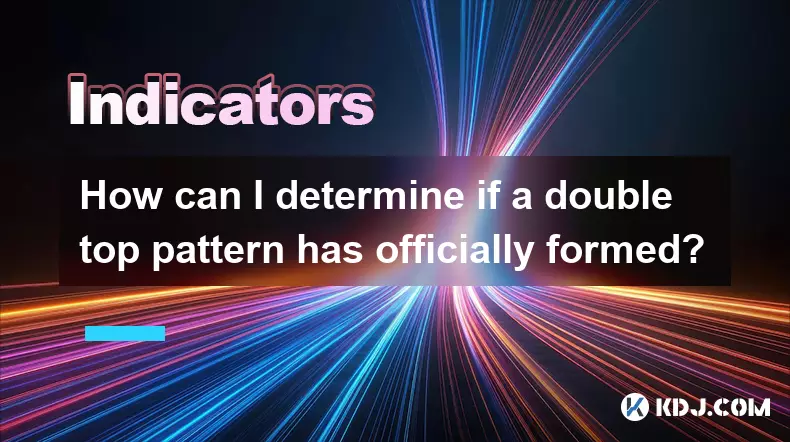
How can I determine if a double top pattern has officially formed?
Sep 21,2025 at 03:18am
Understanding the Structure of a Double Top Pattern1. A double top pattern consists of two distinct peaks that reach approximately the same price leve...
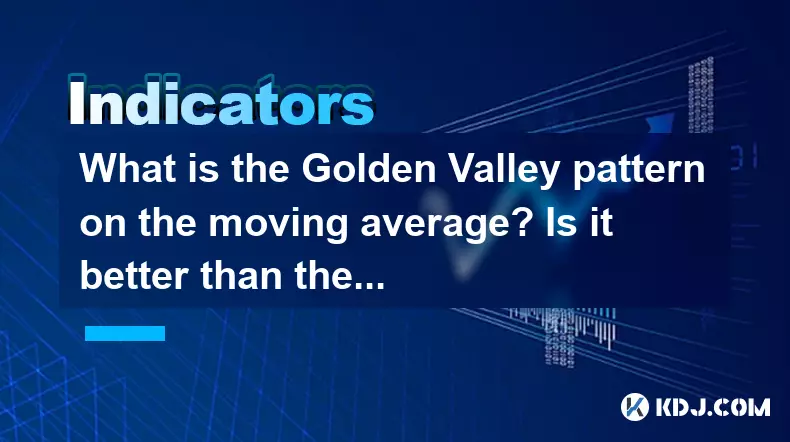
What is the Golden Valley pattern on the moving average? Is it better than the Silver Valley pattern?
Sep 21,2025 at 02:54pm
Understanding the Golden Valley Pattern in Moving Averages1. The Golden Valley pattern is a technical formation observed in cryptocurrency price chart...

What does a death cross of the RSI in the strong zone (above 50) mean?
Sep 17,2025 at 10:54pm
Understanding the Death Cross in RSI Context1. The term 'death cross' is traditionally associated with moving averages, where a short-term average cro...

What is a tower bottom candlestick pattern? Does it have a high success rate?
Sep 22,2025 at 07:18am
Tower Bottom Candlestick Pattern Explained1. The tower bottom candlestick pattern is a reversal formation that typically appears at the end of a downt...

What is a black hole pattern in the MACD indicator? Is it a cause for concern?
Sep 21,2025 at 06:54pm
Bitcoin's Role in Decentralized Finance1. Bitcoin remains the cornerstone of decentralized finance, serving as a benchmark for value and security acro...

How can I use the psychological line (PSY) to determine market sentiment?
Sep 17,2025 at 02:19pm
Understanding the Psychological Line (PSY) in Cryptocurrency TradingThe Psychological Line, commonly referred to as PSY, is a momentum oscillator used...

How can I determine if a double top pattern has officially formed?
Sep 21,2025 at 03:18am
Understanding the Structure of a Double Top Pattern1. A double top pattern consists of two distinct peaks that reach approximately the same price leve...

What is the Golden Valley pattern on the moving average? Is it better than the Silver Valley pattern?
Sep 21,2025 at 02:54pm
Understanding the Golden Valley Pattern in Moving Averages1. The Golden Valley pattern is a technical formation observed in cryptocurrency price chart...

What does a death cross of the RSI in the strong zone (above 50) mean?
Sep 17,2025 at 10:54pm
Understanding the Death Cross in RSI Context1. The term 'death cross' is traditionally associated with moving averages, where a short-term average cro...
See all articles










































































